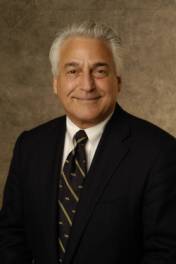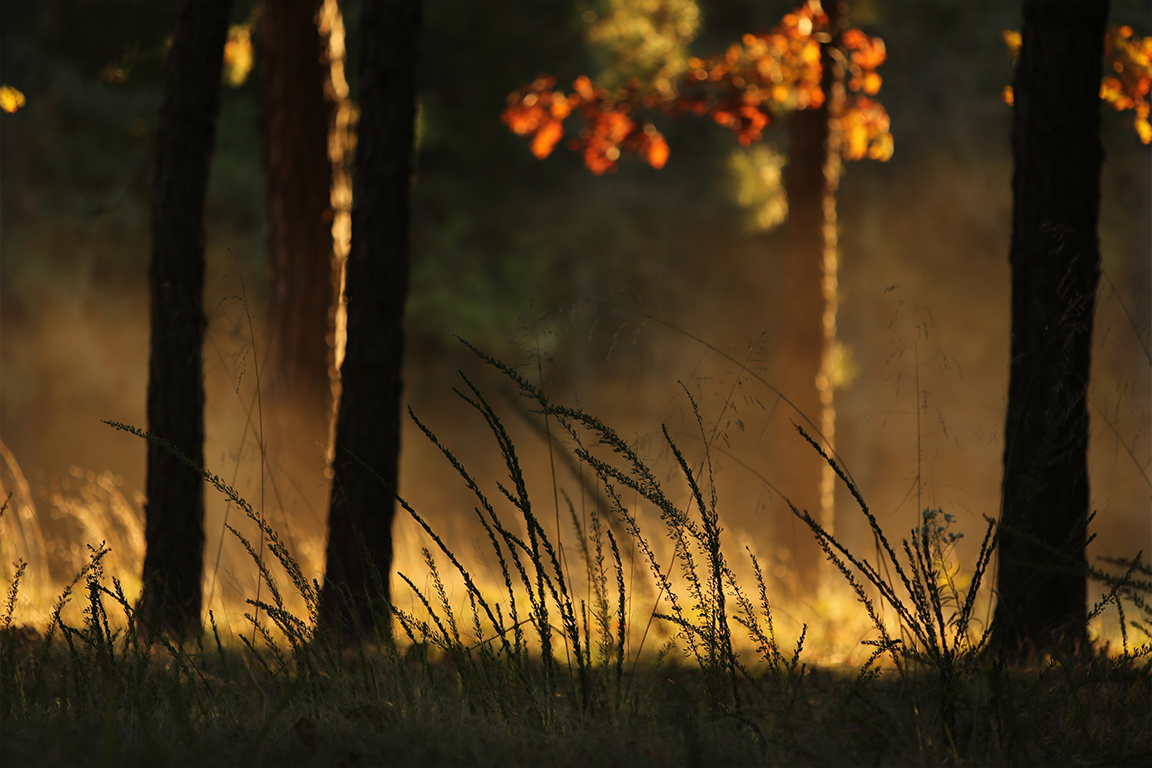Q & A: Gene Bernstein
Recently elected MGA president talks about his first year in office and his life as a golfer
By Greg Midland
 March 16, 2011 – For MGA president Gene Bernstein, the start of this year’s golf season is more than just a chance to shake off the winter rust and reconnect with friends. It’s also the first full year of Bernstein’s term as president of the MGA, and as the leader of the MGA’s 22-member volunteer executive committee, Bernstein will be actively involved in every major initiative coming out of Golf Central.
March 16, 2011 – For MGA president Gene Bernstein, the start of this year’s golf season is more than just a chance to shake off the winter rust and reconnect with friends. It’s also the first full year of Bernstein’s term as president of the MGA, and as the leader of the MGA’s 22-member volunteer executive committee, Bernstein will be actively involved in every major initiative coming out of Golf Central.
Bernstein, 63, is a Manhattan resident and the chairman and past president of Northville Industries, the petroleum marketing division of NIC Holding Corp., based in Melville, N.Y. He is also a former English Literature professor at Notre Dame and the University of Arizona, a co-founder of the former Northville Long Island Classic on the Senior PGA Tour, and a member of several boards of nonprofit and charitable organizations in the region.
Bernstein is an avid golfer who holds memberships at Sebonack Golf Club and the Meadow Brook Club, both on Long Island. He began his service to the MGA in 2002, when he was invited to join the Executive Committee. He is an active member of The Met Golfer editorial committee and, in his role as president, is also the chairman of the MGA’s charitable Foundation. He sat down at Golf Central headquarters for a late-winter interview on his presidency and his golf experiences.
As you settle into the first year of your presidency, what are your goals for 2011?
As a board, the most important things you can do are to maintain the financial resources of your organization and maintain top leadership. We certainly would like to raise more money so that we can expand our programs with GOLFWORKS, which has been highly successful, and continue to support The First Tee and all of the other educational programs, such as caddie training, Rules programs, among others. Also, a primary goal is to prepare the MGA for the future. We’ve been blessed to have three great top senior management people – one, Gene Westmoreland, is now semi-retired. We need to help the association get prepared for the transition that will take place in the coming years.
Now that the worst of the economic downturn has passed, what are the challenges facing the MGA in general and MGA member clubs in terms of economics?
For the MGA in general, the challenge is the effort to raise more money so we can support our various activities and grow the game, which is our slogan. This involves reaching out to minorities and other segments of the population who traditionally haven’t played a lot of golf. That’s where we feel the most growth will come.
For our clubs, they have made a lot of adjustments, but I’m not sure people feel quite that confident yet. In the end, joining a club is a discretionary expense, so we need to make sure that clubs are doing everything they can, from watching expenses to offering the type of activities their membership would really value. I think the clubs are generally pretty good at knowing what their clientele is and what they need to do, and through our educational programs we just try to give them as many resources as we can.
What are the most important things that regional associations like the MGA can do to grow the game?
One thing is bringing to the attention of club presidents, club boards, and other volunteer leaders all the options of things that can be done. These are busy people with other jobs—unlike, for instance, the club managers, who are salaried staff—and they may not be aware of things that are happening at other clubs or in other parts of the country that may be transferred to their club and put to good use. So keeping them informed of those things is a big priority for us. Also, we should push to explore new ideas. At last fall’s Presidents Council, one of the speakers was talking about starting more active nine-hole clubs and getting people thinking about just playing nine holes because of time pressures. While most of us always think of golf as an 18-hole diversion, maybe it’s time to get people thinking that nine holes wouldn’t be a bad option.
What are you most looking forward to in this first year of your presidency?
Unlike some of my recent predecessors, I’m not active in tournament golf, so just going out and being a part of the big tournaments that we put on will be very exciting for me. I haven’t been at many tournaments in the past. I may even try to play in one or two myself, which will be a new experience. And also helping the MGA restructure itself for the future is also something that excites me.
How do we convey the MGA’s role and purpose to the average golfer who may not be familiar with what we do?
It’s a curious kind of situation, because the members of the MGA are technically the clubs, not the 110,000 golfers who are paying dues to us. Many of those golfers may not know they are paying dues to us and don’t really know much of what we do. When I talk with my friends, they may be somewhat aware that their GHIN Handicap Index comes from the MGA, and they may associate The Met Golfer with us. But I’m quite confident that they don’t have an appreciation or understanding of all the other things that we do. It’s a difficult thing, because the customer who is “buying” your services—the club—probably knows, but their memberships probably don’t. It’s something that we are always wrestling with. Efforts to make the website more friendly and more expansive and more explanatory of what we do is one way to do it, and also to do a little more in The Met Golfer to help people connect the dots that this is all the MGA.
How did you first become involved with the MGA?
I was approached by a longtime friend and golf buddy, Don Hendler, who was MGA president in 2005 and 2006. I’ve been involved with golf for a while—my father, my brother and I started a Senior PGA Tour event on Long Island, the Northville Classic, in the late 1980s, and we were avid golfers. So Don approached me and asked if I would be interested in serving, and I was very interested in giving back to the game.
Regarding your family’s founding of the Northville Classic, what was that atmosphere like in the early days as you prepared to stage the tournament for the first time?
It was exhilarating and fearful at the same time. We’d never done it before and I don’t think we understood or appreciated how complex it would be. We had to go out and start from scratch and round up seven or eight hundred volunteers, and we were having weekly meetings at a diner in Melville (they always had a table ready for us in the back).
Bit by bit, we put the pieces together and learned what we were doing. It was interesting because the first year we were not an official PGA Tour event, we were a private invitational event. But we learned afterwards that the Tour had some people there who were basically spying on us, and I guess we did a pretty good job because for the second year they approached us and asked us if we wanted to be an official Senior PGA Tour event, and we did, and from that year on the tournament was an official stop on the Tour.
What have been some of your favorite experiences and memories in your life as a golfer?
I put them in three categories. On three different occasions, I made it to the finals of the club championship. I’m really not that great a player…I don’t hit the ball very long. I grew up on the north shore of Long Island and I can play pretty competitively on those tight, 6,500-yard courses. So from a personal point of view, that was great.
Secondly, doing the Northville Classic was great because we got to get to know some of the pros and becoming friendly with them and sharing time with them on the golf course and sometimes out at dinner. We got to hear very funny stories from them. And, of course, it was very rewarding to have the tournament raise nearly $4 million for Schneider’s Childrens Hospital. Also, the dedication of the volunteers was so impressive. Some of the people would use one of their vacation weeks to volunteer, getting up at 5 in the morning to drive a shuttle bus or meet a player at the airport. The fact that people would give of themselves so generously was very moving.
Taking golf trips with friends has given me so much enjoyment. I particularly remember birdying the last hole at Whistling Straits, which was a big thrill, as was parring the back nine was Pinehurst No. 2.
But one of my most special experiences on a golf course came with my daughter, Jennifer. She and I were playing Sebonack not too long after it opened, and she made the first hole-in-one in club history, on the 12th hole. That was something we both still cherish!
